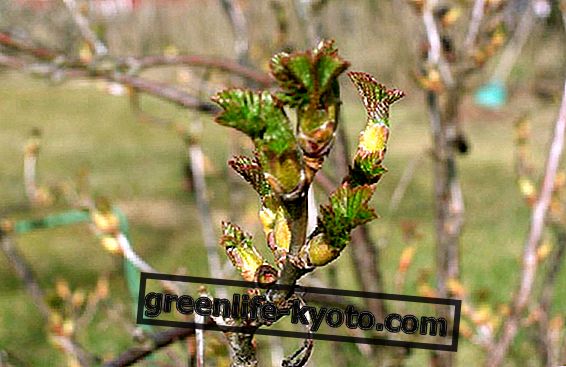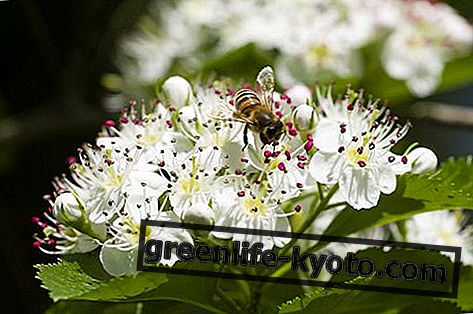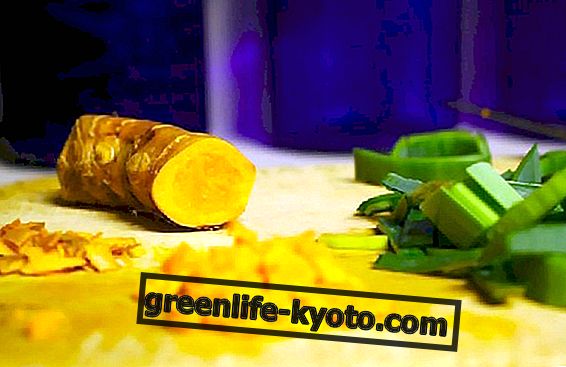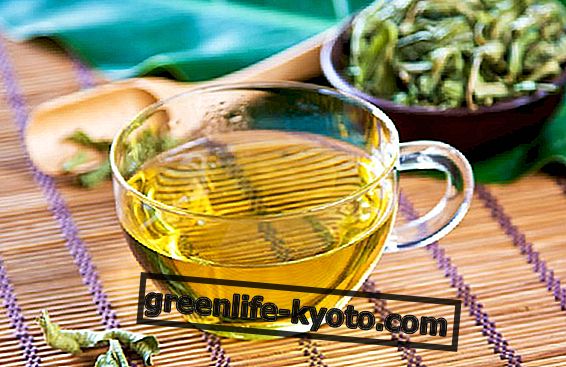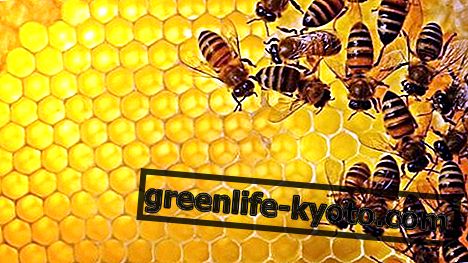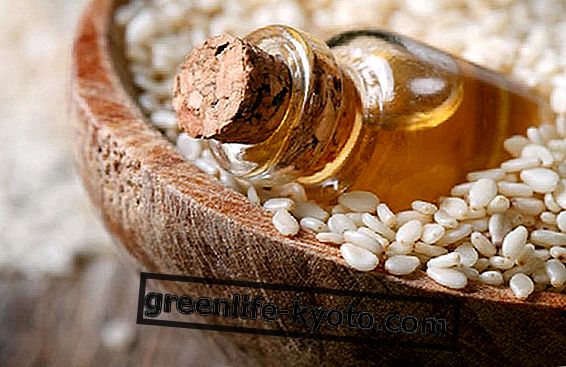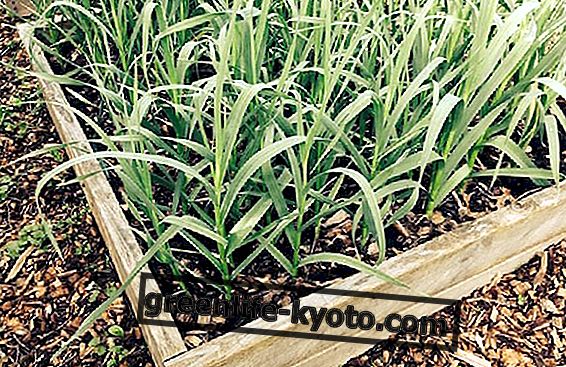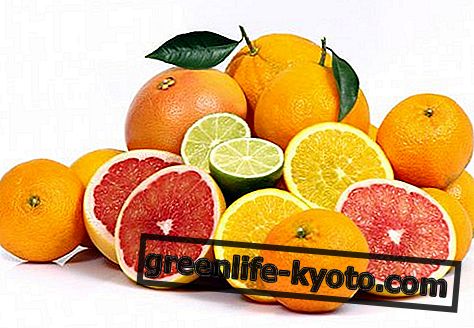
The name of the plant "aloe" probably derives from the Arabic aluat, that is "bitter substance" or, according to other sources, from the Greek term als, alòs which means "sea"; in fact, the plant grows near the sea coasts.
There are many ancient cultures that associated the name of aloe to the concept of eternal life and, in Ayurvedic medicine, the plant is not only a symbol of immortality, but is also associated with the sphere of female well-being and is therefore called kumani, or " young girl ".
Not surprisingly, the treatments that in Ayurvedic medicine are aimed at renewing female energy, improving sexuality and toning the female reproductive system are based on aloe.
Aloe properties
Rich in vitamins A, B1, B2, B12, C and E, folic acid and niacin, Aloe vera has innumerable properties. First of all, the emollient and curative ones, which are due to the polysaccharides present in the leaf, especially the glucomannan, which is essential for hydration.
Aloe is healing, it increases collagen production, strengthens the immune system and stimulates cellular production; promotes circulation, detoxifies the skin, protects the body from inflammation and allergies.
Two different parts of the aloe leaf are used generically, depending on the therapeutic purpose: the condensed and dried juice is extracted from the external pericylic tubules placed below the foliar epidermis, while the gel is extracted from the central parenchymatous parts of the leaf.
Curiosity about the aloe plant
It seems that Cleopatra, known for her ablutions in goat's milk, often ordered her maids to add aloe to the tank or to finely chop it in order to obtain an eye drop that would make her eyes brighter.
It was the scholar George Ebers, in 1826, who discovered an Egyptian papyrus which made it possible to understand how important aloe was for the Egyptians.
Another ancient reference to the plant is found in the Gospel, concerning the process of embalming the body of Christ. Furthermore, the Greek physician Dioscorides described its properties in his De materia medica.
If we move to Japan, we discover that the plant is associated with an ideogram which, literally translated, means "the doctor is not needed". In Malaysia, due to its bitter taste, they also call it "mother-in-law's tongue".
How to grow aloe vera at home?

